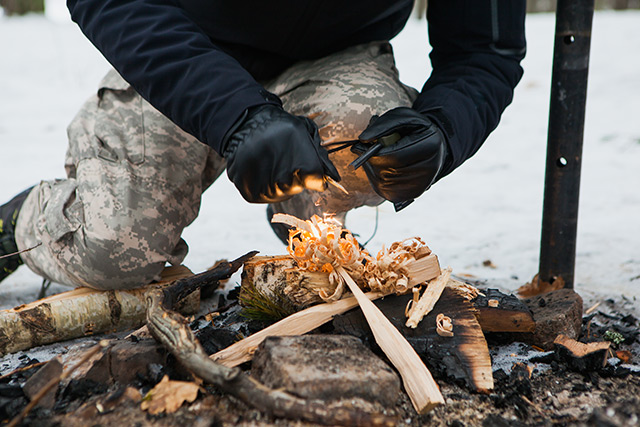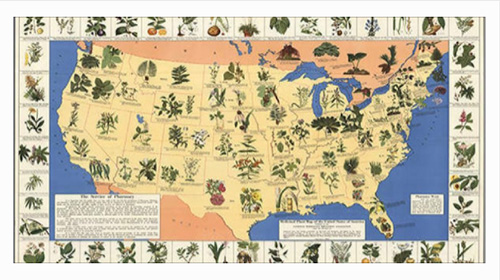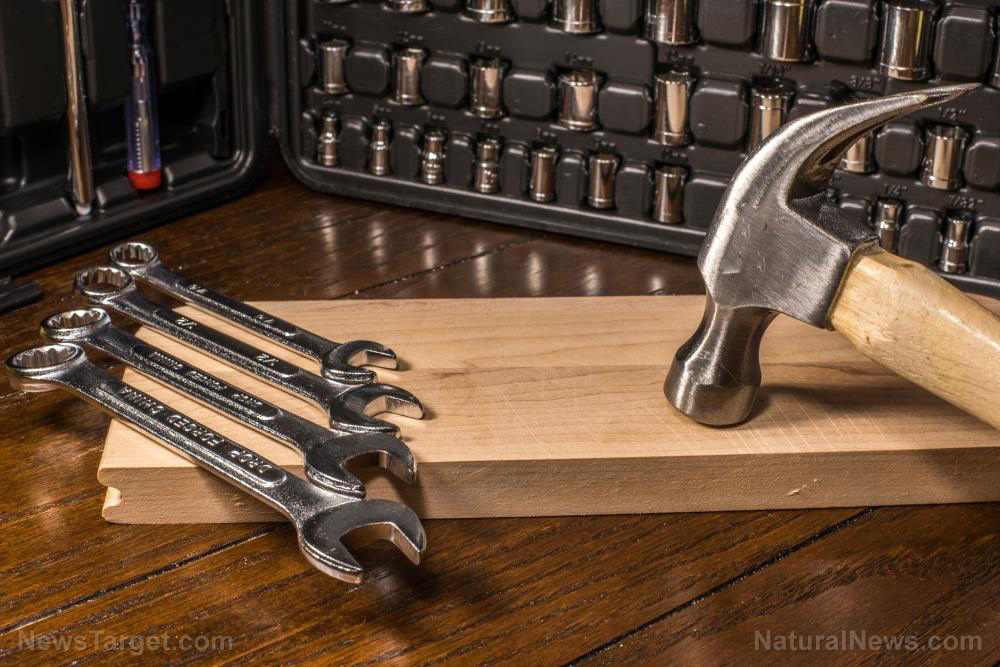A step-by-step guide to making your own powdered milk
05/16/2018 / By Michelle Simmons

Powdering milk is a convenient way to preserve the milk you get from your homestead. Not only does this save you money, you avoid commercially pasteurized and processed milk, which may or may not be filled with toxic chemicals. It is recommended to strain or home pasteurize milk before drying. The simplest way to powder milk is by spray drying. This method is often preferred because it generally generates more particles than the other milk drying methods — drum drying and freeze drying.
There are two ways for spray drying – using the dehydrator and the oven. (h/t to NewLifeOnAHomestead.com.)
Spray drying milk — dehydrator method
For the dehydrator method, you will need the following supplies:
- Any milk as long as it is pasteurized to reduce the number of bacteria present
- Dehydrator
- Dehydrator tray liners (often referred to as fruit roll-up sheets)
- Food processor or blender
- Mason jar or vacuum sealed bag
Instructions:
- Place dehydrator inserts in every tray being used to powder milk. Use only two to three trays at a time. It will take more time for the milk to dry if there are more trays in the dehydrator because of the restriction in air flow.
- Pour a cup of milk into every tray. However, before pouring milk into the trays, fill one with water first. This is to ensure that the place where the dehydrator is sitting is entirely leveled. Even the tiniest incline can cause the milk to spill.
- Set your dehydrator to the 130 to 135 degrees Fahrenheit setting.
- After 12 hours, check the milk to see if it is mushy. Then, pour and scoop out the mixture and place it into a bowl. The consistency of the dried milk should be similar to that of peanut brittle.
- Clean the tray and repeat the process until you get a flaky powder texture. The dried milk should be completely dry. It should also crumble when you try to pick it up.
- When the powdered milk is thoroughly dry and flaky, transfer it into your food processor or blender and condense it into a fine powder.
- Vacuum seal it in a bag or mason jar for storage.
Spray drying milk — oven method
For the oven method, you will need the following:
- Milk
- Oven
- Food processor or blender
- Mason jar or vacuum sealed bag
Instructions:
- Preheat the oven to 150 degrees Fahrenheit.
- Pour up to two gallons of milk into a double boiler.
- For approximately two hours, simmer the milk while stirring occasionally. This will help prevent scorching. Add a small amount of water if needed.
- Pour the milk into a deep pan once it becomes creamy in texture.
- Put the pan in the oven, but leave the door slightly ajar so that excess moisture can escape.
- When the milk is completely dry, take out the pan and let it cool to room temperature. Note that the drying process will take nearly as long as it would in a dehydrator.
- Put the dried milk through your food processor or blender, then store in a mason jar or vacuum sealed bag.
Take note that proper drying and storage of powdered milk is important in order to prevent the growth of mold, bacteria, and fungus. The dehydrated milk must be completely dry before being stored and must be kept in an airtight container.
Although home drying milk is not as common as freezing or canning, there are a lot of benefits to drying milk. It helps reduce food waste. In drying milk, only the excess moisture and fluid are eliminated. The iron, vitamins, beneficial fiber, and minerals found in milk are retained. No chemical, preservatives, or additives of any type are added when powdering milk. (Related: Raw Milk is a Complete and Balanced Food.)
Read more news stories and studies on homesteading by going to Homesteading.news.
Sources include:
Tagged Under: drying milk, food independence, food supply, homesteading, how to, milk, organic milk, powdered milk, prepping, survival




















